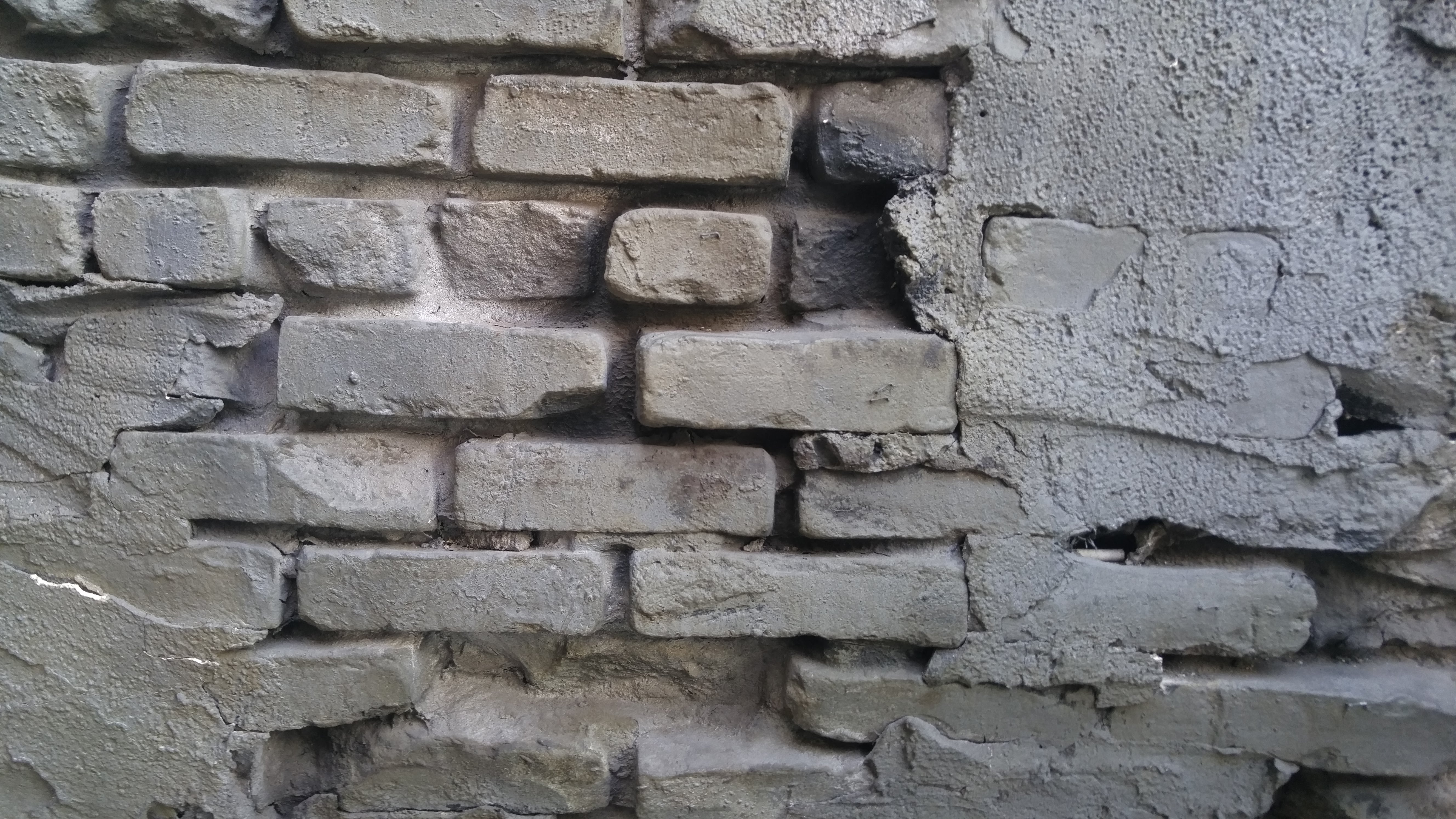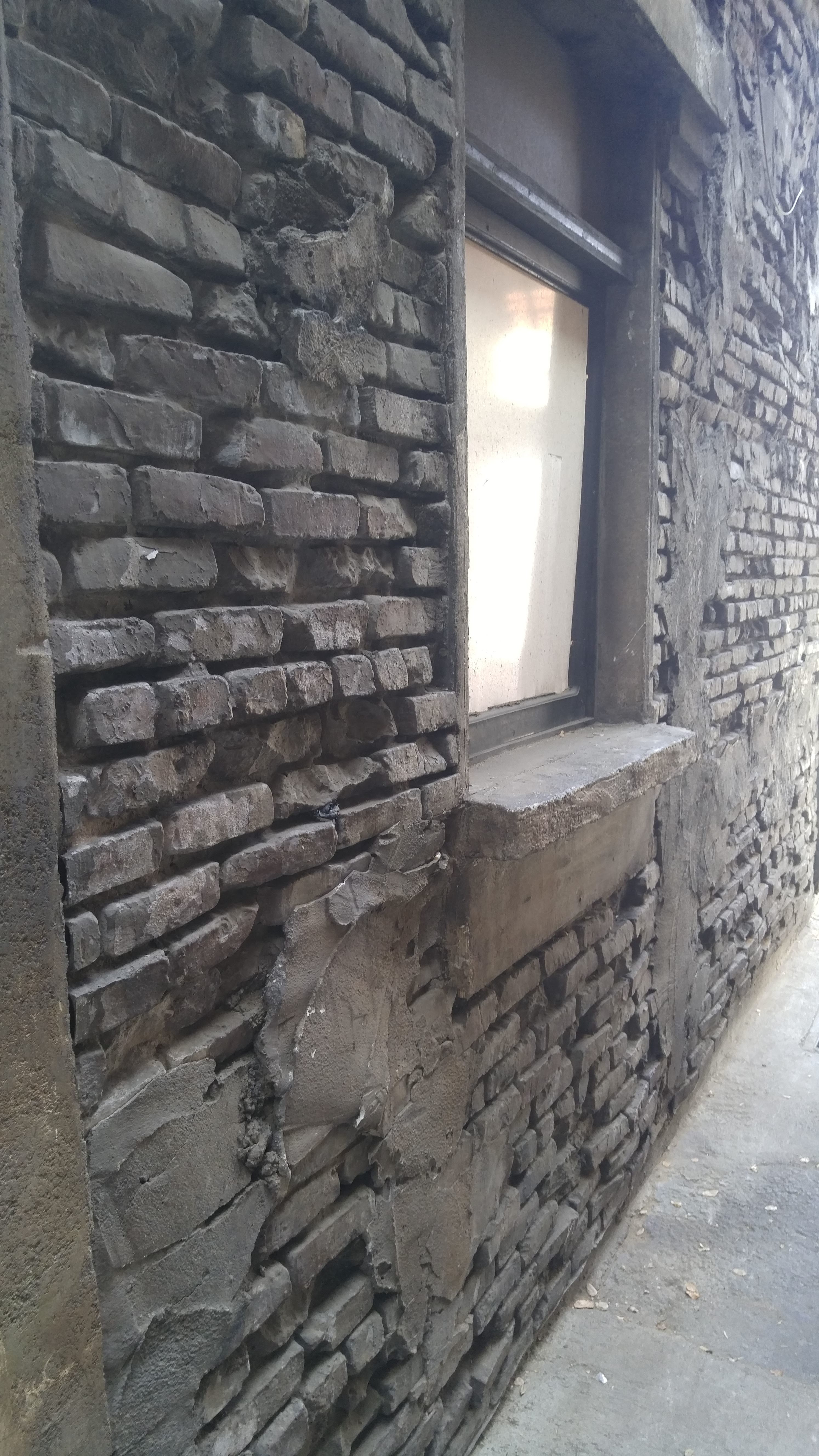 At one time, it was assumed that New York City was the world and the world was New York City.
At one time, it was assumed that New York City was the world and the world was New York City.
So, films of the 20th century over-represented New York City in their depictions of ordinary, and often extraordinary, life. This meant that film studios always had to have a New York Street: a collection of four or five intersecting short streets with brownstones and Lower East Side-type cast iron-facade buildings with fire escapes.
Much of that idea remains. Several Los Angeles-based film studios with backlots still have a New York Street, including Paramount.
Off to one side at Paramount is a tiny open-air area called Murder Alley. It’s where characters murder and get murdered. Fights break out. Corpses are dumped. Back-alley deals are literally made in this back alley.
Contributing to the down-trodden look is the haphazard brickwork in Murder Alley. The bricks are unevenly laid. Extensive over-mortaring adds to the sense that this was thrown together with little care for aesthetics.
This brick isn’t made of masonry at all. Rather it’s vacuum-formed plastic that uses real brick as a mold, and it comes in sheets that are 8 1/2 feet wide by 4 feet high.
The truly interesting detail is its name: Murder Your Wife. It’s identified as PPS-11 in the Paramount Studios catalog. Warner Bros., too, offers Murder Your Wife brick.
An article in the November 4, 1997, Los Angeles Times says:
The effect comes largely from his use of murder-your-wife brick, which gets its name from the 1965 Jack Lemmon movie How to Murder Your Wife.
It continues with a quote from set designer Neil Peter Jampolis:
They took castings of the brick walls of a Greenwich Village building for that film and made a plastic form out of it. You can buy the casting from Warner Bros. But it has to be skillfully painted, because it only comes in gray. The scenic artist here, Chris Holmes, painted what you see. He’s very talented.

